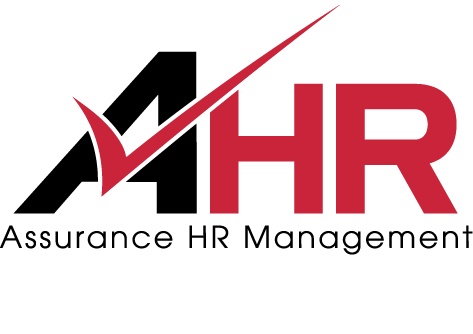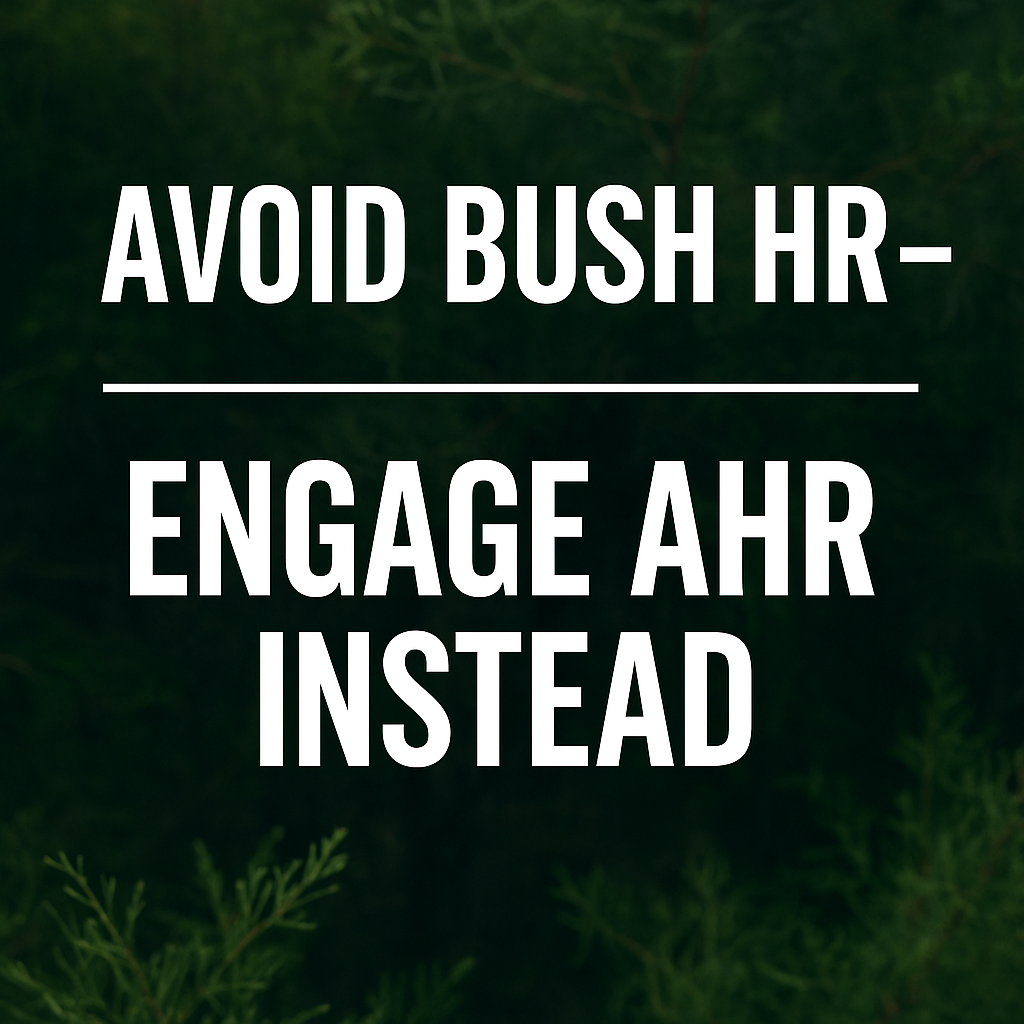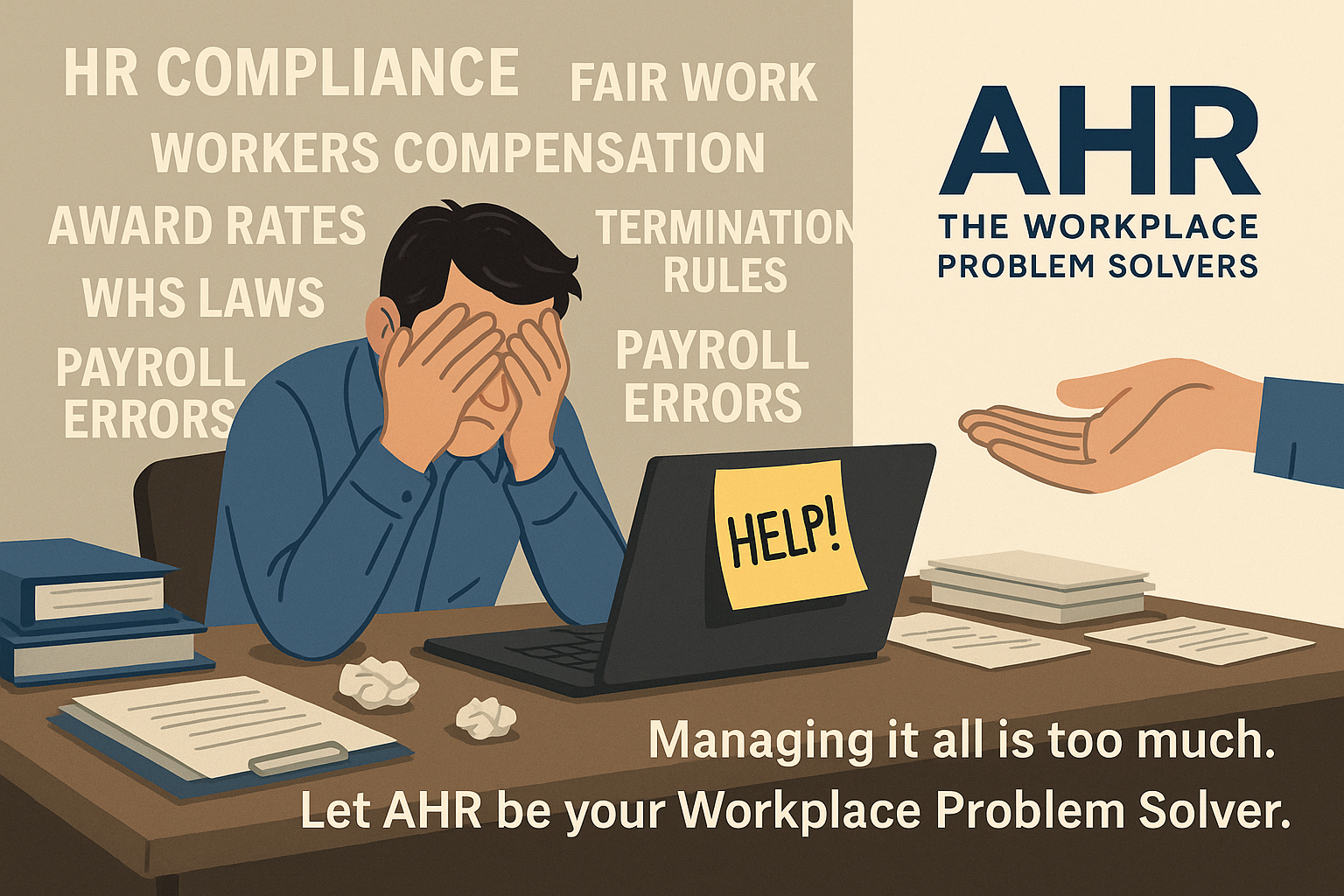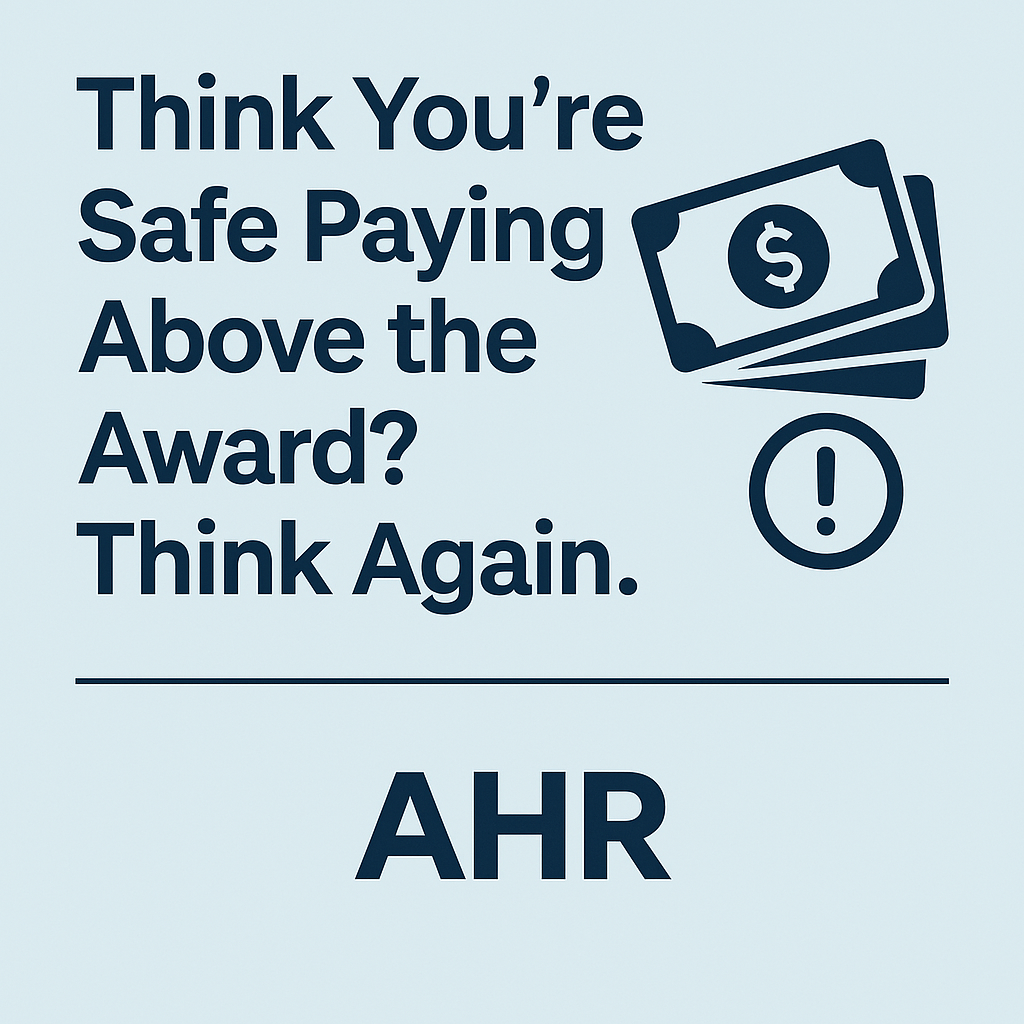Surveillance in the Workplace: Tools, Traps, and the Tipping Point for Small Business
Workplace surveillance in Australia has significantly evolved, moving beyond basic cameras into advanced monitoring systems tracking vehicle locations, screen activity, and keystrokes. Understanding Australian workplace surveillance laws is critical for small businesses lacking specialized HR or legal teams.
If you’re considering using surveillance to better manage your workers or assets, this article is your warning: tread carefully. What starts as a well-intentioned strategy can become a compliance nightmare. Read on to discover how—and why engaging Assurance HR Management (AHR) might be the smartest first step.
Benefits of Workplace Surveillance Australia
Australian businesses gain numerous advantages from surveillance:
1. Protecting Assets
CCTV cameras and vehicle tracking can deter theft, support insurance claims, and reduce the risk of fraudulent workers’ compensation claims.
2. Improving Safety
Live video feeds in high-risk areas (e.g., warehouses or worksites) can prevent accidents, support WHS compliance, and allow for quicker emergency response.
3. Boosting Productivity
Tools like screen monitoring and keylogging software help assess whether workers are staying on task, especially in remote or hybrid environments.
4. Tracking Fleet & Mobile Workers
Vehicle GPS systems and mobile phone tracking give real-time visibility over drivers and off-site workers—particularly important in logistics, home support services, or trades.
5. Supporting Investigations
Whether it’s an allegation of misconduct or a safety breach, having surveillance footage can provide indisputable evidence when memory and testimony fall short.
Sounds great, right? But here comes the part that’s likely to overwhelm you.
The Hidden Traps That Can Lead to Legal Trouble
While surveillance has its place, small businesses often fall into traps that can result in serious legal and reputational damage. Here are just a few of the major issues to watch out for:
🔴 Audio Surveillance: You Can’t Just Hit Record
Many modern security cameras come with built-in microphones that capture conversations without your knowledge. Under Australian laws—including surveillance device legislation in each state—recording audio without informed, written consent can be illegal. This applies even if the camera is visible.
Trap: You may have put up a sign saying “CCTV in operation” but forgot to mention the audio. That could expose you to fines, legal action, and possibly criminal charges.
🔴 Secret or Covert Surveillance Without Just Cause
Installing a hidden camera in the back office or placing a tracking device on an employee’s vehicle without informing them is almost always unlawful, unless you have specific legal grounds and approvals (such as during a formal workplace investigation with reasonable suspicion of misconduct).
Trap: Even a one-off decision made in good faith can breach privacy laws and lead to employee claims of a toxic workplace, constructive dismissal, or bullying.
🔴 Monitoring Digital Devices (Keylogging, Email, Internet Use)
If your workers use company-provided computers or phones, you can monitor them—but only if you have a written policy that clearly outlines what is monitored, when, and why. Even then, you often need written consent under workplace surveillance laws.
Trap: Using software to quietly log keystrokes or screen capture usage without formal disclosure or policy coverage is highly risky. You might think you’re collecting data for productivity, but if workers were unaware, you could be breaching their rights.
🔴 Vehicle and Location Tracking
Tracking business vehicles or company phones is permitted in many situations, especially when they are company-owned. However, workers must be notified in writing—often at least 14 days before tracking begins in jurisdictions like NSW.
Trap: If the GPS system is tracking a worker outside work hours (e.g., they take the vehicle home), you could be intruding on their personal life.
State Laws Are Not the Same
Here’s the kicker: surveillance rules differ across Australia.
- In NSW, you need to give 14 days’ written notice before implementing workplace surveillance.
- In Victoria, you can’t use surveillance in certain areas (e.g. toilets, change rooms) under any circumstances.
- In Tasmania, Queensland, and other states, laws may fall under privacy or listening devices acts with unique requirements.
Trap: Even if your friend in another state does it one way, that doesn’t make it legal for you.
The Psychological Impact: Don’t Create a Culture of Distrust
Surveillance, if done poorly, creates an “us versus them” culture. Workers may feel micromanaged or spied on, resulting in increased stress, disengagement, and higher turnover.
In some industries—like NDIS, community care, or hospitality—this damage to morale can be devastating, especially when workers are already under pressure.
Implementing Workplace Surveillance Australia Responsibly
You Can’t “Set and Forget”
Implementing surveillance isn’t a one-time decision. You need to:
- Develop written policies
- Train your team.
- Get valid consent.
- Review systems regularly.
- Respond to requests for footage or information in compliance with privacy laws.
If you skip any of these steps, you’re not only exposed legally—you also lose credibility as an employer.
What’s a Small Business Owner to Do?
This is where Assurance HR Management (AHR) comes in.
We understand that you’re not a lawyer, HR expert, or privacy consultant. You’re running a business, managing cash flow, and just trying to keep your team safe and productive.
Let us handle the red tape. We can:
- Review your current surveillance practices and flag risks.
- Draft compliant policies tailored to your business and location.
- Advise on whether audio, visual, or GPS surveillance is appropriate—and how to do it legally. Develop communication and consent documents that protect you.
- Train your management team on how to use surveillance ethically and legally.
- Even implement the whole strategy for you, end-to-end.
For additional resources, refer to the Office of the Australian Information Commissioner website.
Conclusion: If You’re Not Overwhelmed, You Should Be
Surveillance in the workplace is not as simple as setting up a camera or tracking a delivery van. Every tool you use comes with complex legal, ethical, and cultural considerations—and getting it wrong can cost far more than the system itself.
Don’t risk it. Let the workplace problem solvers at AHR take care of it for you.
📞 Contact us today to book a confidential consultation on workplace surveillance and compliance strategies that work—for you and your workers.










